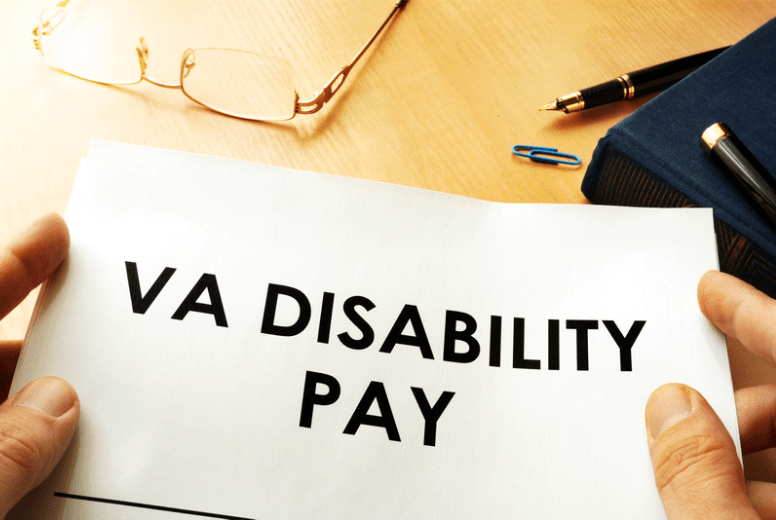
VA Rating for Amputation and Loss of Use
Amputations and loss of use injuries are life-changing. The physical limitations can be profound and are permanent. Despite medical advances in surgical repair and prosthetics, some veteran may never recover function. The VA defines amputation as either traumatic amputation or amputation by surgical removal. They define loss of use as no remaining function in the limb.
Amputation and VA Disability Ratings
The VA categorizes amputations in terms of either traumatic or surgical removal. There are different VA disability ratings based on the different types of amputations:
| Percent | Injury |
| 100% | Amputation of both feet |
| 100% | Amputation of both hands |
| 90% | Amputation of entire arm from shoulder down |
| 90% | Amputation below the shoulder but above the deltoid – dominant arm |
| 80% | Amputation below the shoulder but above the deltoid – non dominant arm |
| 80% | Amputation below the deltoid but above the elbow – dominant arm |
| 70% | Amputation below the deltoid but above the elbow – non dominant arm |
| 80% | Amputation above the pronator teres – dominant arm |
| 70% | Amputation above the pronator teres – non dominant arm |
| 70% | Amputation of hand with no arm function – dominant hand |
| 60% | Amputation of hand with no arm function – non dominant hand |
| 90% | Amputation of the leg at the hip |
| 80% | Amputation at the upper thigh |
| 60% | Amputation at the mid to lower thigh |
| 60% | Where second amputation is required due to complications from first one |
| 60% | Amputation that renders knee joint unusable |
| 40% | Amputation below the knee |
| 40% | Amputation that renders the foot or ankle unusable |
| 10-40% | Amputation of foot at different levels |
Loss of Use and VA Disability Ratings
Determinations of loss of use are made on the basis of the actual remaining function of the extremity. When looking at loss of use of the hand the VA considers the veteran’s ability to carry out acts of grasping, manipulating, etc. When looking at loss of use of the foot, the VA considers acts of balancing, propulsion, etc. Although the most common loss of use rating is for the hands and feet, loss of use can also be applied to:
- An immobilized joint
- A paralyzed limb
- Loss of sight in one eye
- Deafness in both ears
- Inability to communicate by speech
- Loss of a breast or both breasts
Other Types of Benefits Available
If you have suffered an amputation or loss of use, your benefits may include regular VA disability compensation as well as Special Monthly Compensation (SMC). SMC is a monthly benefit for veterans with service-connected conditions that result in severe impairment. Veterans do not have to apply for SMC, rather the VA has a duty to consider whether a veteran is entitled to SMC and grant the benefit if it is warranted.
Veterans Help Group works with veterans and their loved ones across the United States to get the disability benefits they deserve. We have 24 years of experience fighting for veterans, we are confident in our ability to hold the VA accountable. We can help, contact the experienced advocate at Veterans Help Group to evaluate your claims. Call us at 855-855-8992 or complete our free veterans benefits case evaluation form.

How to Speed Up Your VA Disability Claim
How to Speed Up Your VA Disability Claim The VA says that in January of 2024, the average time for...

How to Apply for VA Disability Compensation
It's one thing to know how to apply for VA disability compensation. It's another to understand the...

What is the VA DBQ?
What is the VA DBQ? A VA Disability Benefits Questionnaire (DBQ) is a form used to convey...





